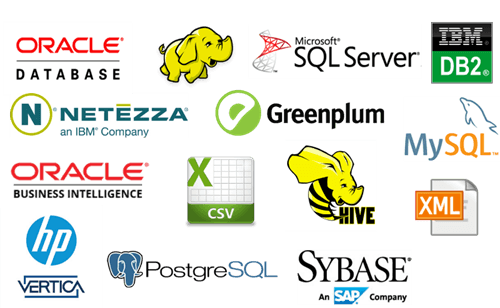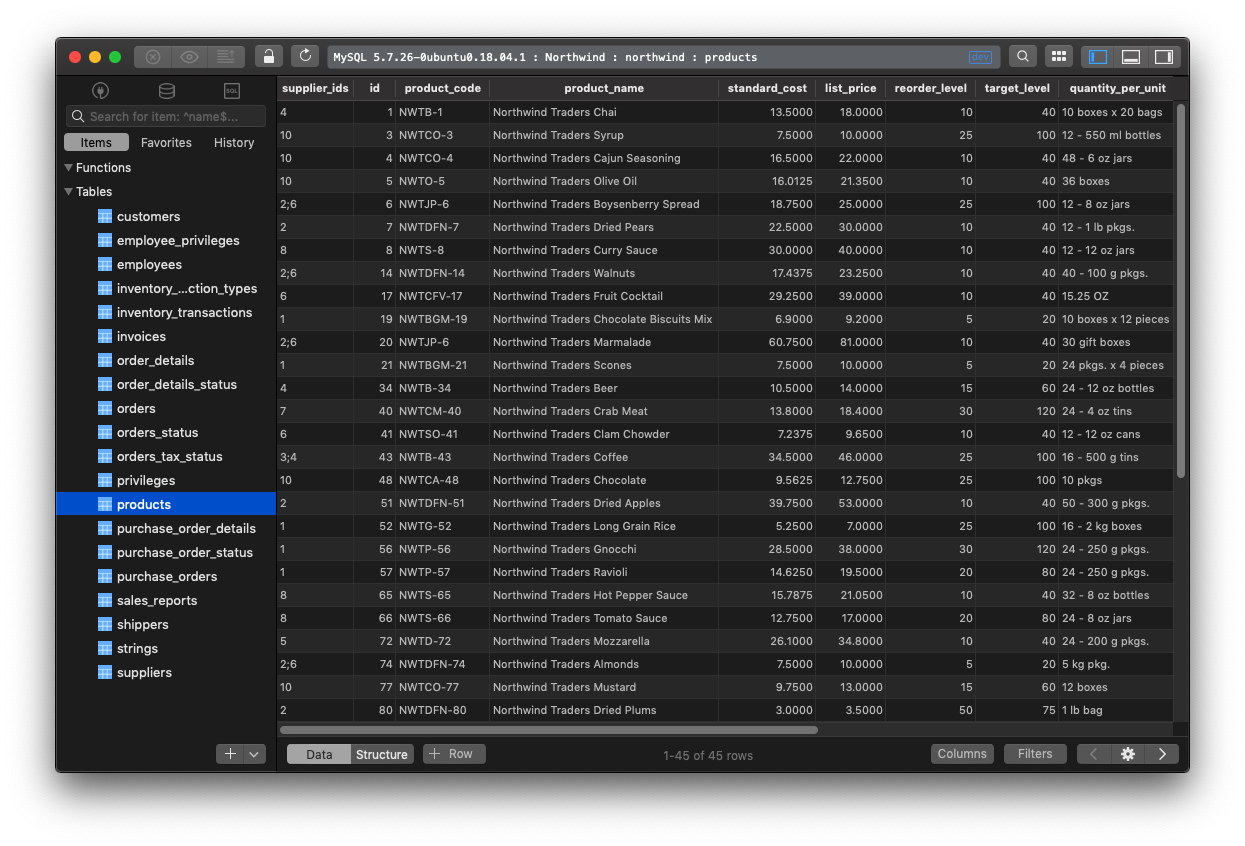Anything that is recorded is data. Observations and facts are data. Data can be numbers, like the record of daily weather, or daily sales of a company. Data can be alphanumeric, such as the description of a book.
Data comes from any number of sources. For instance: from operational records inside an organization, from records compiled by the industry bodies and government agencies or from machines reporting their own status or from logs of web usage.
Data comes in many ways. It may come as a file stored on a computer or in a more structured way from a database. It may be words spoken or it may be e-mail or chat on the Internet. It may come as songs and movies, and so on.

Datafication is a new term that means that almost everything is being observed and stored in some way. Do you hear about the Internet of things? Maybe Big Data is familiar? Data mining? Well, all these terms are related to the phenomenon of Datafication.
More devices are connected to the internet (IoT), and people are more connected than ever before. All of these types of connections are generating an exponentially growing volume of data (Big Data). Do you know about Moore’s law? If you not it predicts doubling the power and memory of computer semiconductors every 18 months and it has been fulfilling very well since it was formulated the 70s. Well, there is an analog law for data storage. Kryder’s law predicts that the density and capability of hard drive storage media will double every 18 months. As storage costs keep coming down at a rapid rate, there is a huge incentive to record and store more data success of the real world at a higher resolution and thus in more size.

A database is a modeled collection of data that is accessible in many ways. A data model can be designed to integrate the operational data of the organization. The data model abstracts the key entities involved in an action and their relationships. Most databases today follow the relational data model and its variants. Each data modeling technique imposes rigorous rules and constraints to ensure the integrity and consistency of data over time.
It’s very important to have structured data (in some way) to get more information as you can from its data.
Take the example of a sales organization like the image above. A data model for managing customer orders will involve data about customers, orders, products, and the relationships among them. The relationship between the customers and orders would be such that one customer can place many orders, but one order will be placed by one and only one customer. The relationship between orders and products is a little more complex. One order may contain many products. And one product may be contained in many different orders. Different types of relationships can be modeled in a database.
With Data Providers you can use your own database to get insights about your data stored creating useful reports and share with your teammates. You can read more about it in these sections:
0 Comments